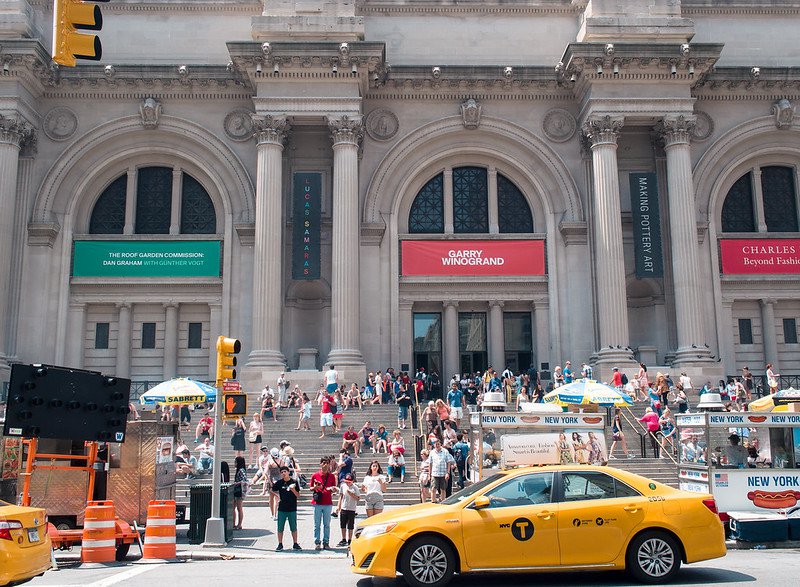New NY law requires museums to identify European art stolen by Nazis
Aug. 11, 2022, 3:36 p.m.
The law is part of a package that aims to raise awareness about the atrocities of the Holocaust and the Nazi regime.

Museums like the Met will be required to identify art stolen by the Nazis.
Anyone gazing at a work of art in New York museums will now immediately know if it was stolen by Nazis during the World War II era in Europe, under a new state law adopted this week.
Gov. Kathy Hochul signed a suite of bills to raise awareness about the atrocities of the Holocaust and the Nazi regime by requiring museums to identify art stolen — particularly from the Jewish community — during the Nazi era. The laws also aim to ensure New York schools are educating students on the Holocaust and require the New York State Department of Financial Services to keep a list of banks that waive wire fees for Holocaust reparation payments.
The Nazis looted around 600,000 paintings from the Jewish community during World War II, according to state officials. New York has one of the largest populations of Holocaust survivors in the world.
"As New Yorkers, we are united in our solemn commitment to Holocaust survivors: We will never forget," Hochul said in a statement. "These are individuals who have endured unspeakable tragedy but nonetheless have persevered to build lives of meaning and purpose right here in New York.”
The Metropolitan Museum of Art, Whitney Museum of American Art, the Museum of Modern Art, the Guggenheim Museum, and Brooklyn Museum have not revealed plans to credit art stolen by Nazis and did not immediately respond to requests for comment on the new state law.
In 2018, the Guggenheim family returned a painting called “Artillerymen”' to the surviving family members of the German Jewish art dealer Alfred Flechtheim, who was forced to flee Berlin after Adolf Hitler came to power.
Bruce Ratner, the chairman of the Museum of Jewish Heritage Board of Trustees, said that education about the Holocaust is the key to individual and collective responsibility.
“Teaching and learning about the Holocaust not only commemorates the victims but helps to create a forum for examining the history and evolution of anti-Semitism at a time where we continue to witness xenophobia, unfolding genocides, the ongoing refugee crisis, and threats to democratic values,” Ratner said in a statement.
However, these new state laws do not address art stolen from non-European countries, particularly during the colonial era.
Following the racial reckoning that shook the country in 2020, some American museums began working to repatriate their artworks back to their original countries. For instance, 16 museums that have Benin Kingdom Court Style art have said that they are in the repatriation process. Last year, the U.S. gave more than 17,000 smuggled artifacts back to Iraq.
Experts estimate that thousands of African artworks are still in museums across the world.
The governor’s office did not respond to questions about art stolen from non-European countries.